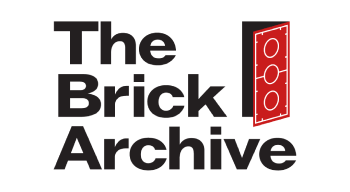While we do not know how LEGO works exactly, we can make a reasonable guess about how the material flow and production process might work.
Test bricks and prototypes can be made for several reasons. For example:
- to test the performance of a completely new part;
- to test the quality of the raw material;
- to test the performance of new developments, such as the change from CA to ABS or new sustainable materials, minor material changes like the addition of a new flame retardant or a new color dye, or a change in the molding process like the mold pip location or the redesign of the exact tube shape. Some changes seem to be tested in regular production molds that show an unique feature.
All the odd colored bricks and known test bricks could belong anywhere in this process. Sometimes we find confirmation about who used a specific mold and why, often we have to make a guess based on where bricks are found and which bricks they are found with.
Based on the bricks we found, I would guess that previous production molds were used for the material quality tests in the 1960s and 1970s. Later test molds were specially made, producing one to four bricks which were sometimes combined with additional test specimens.
We do not yet know why test bricks can be found in so many colors. It seems likely that chemical companies have used the same quality test process for their non-LEGO products also.
I expect that we will find the LEGO test bricks in official LEGO colors only (although some of those colors might never have been used in actual sets). The test bricks made at the chemical companies could have any color and could even be made in odd materials.
Q elements are parts in colors that did not come in an actual LEGO set. Most were made for use in model shops (LEGOLAND, large promotional models etc.)
[Original post and comments on Flickr.]

